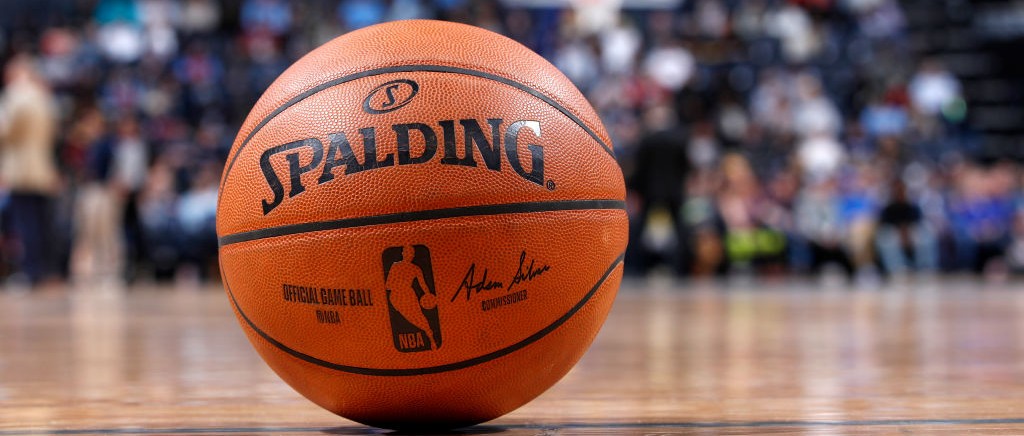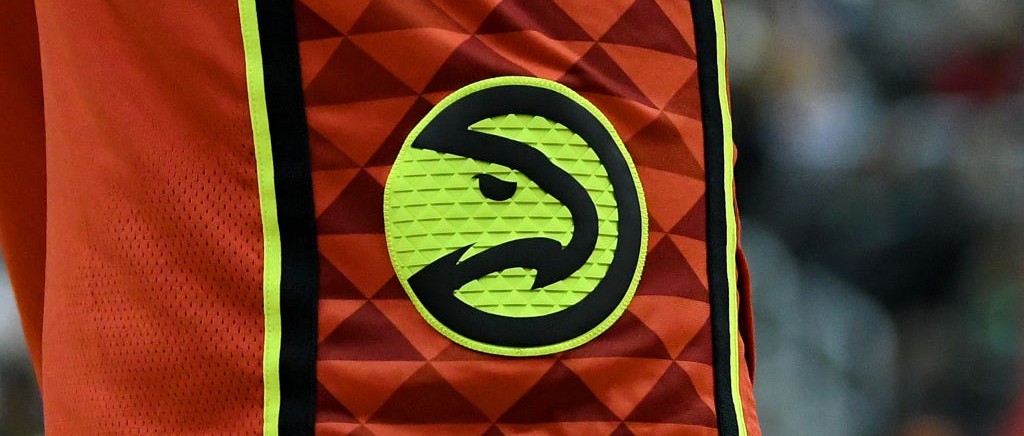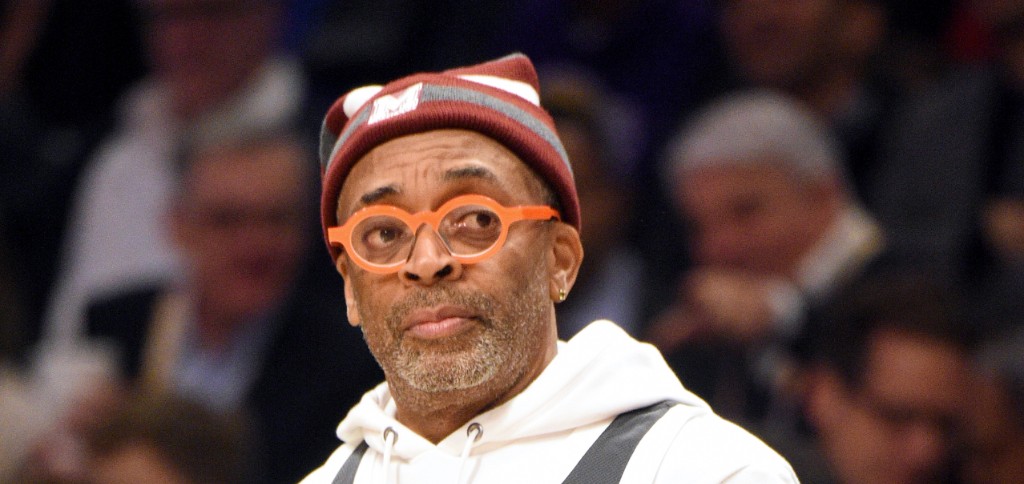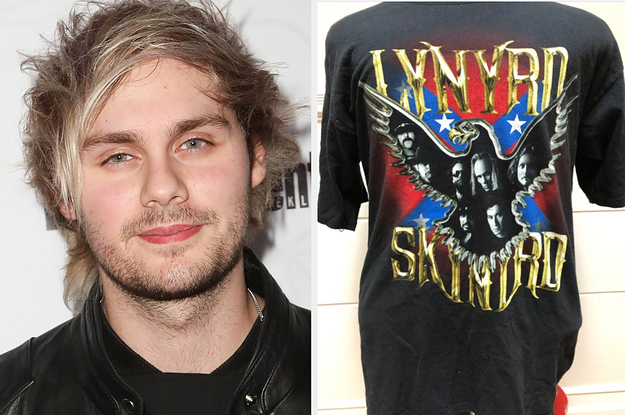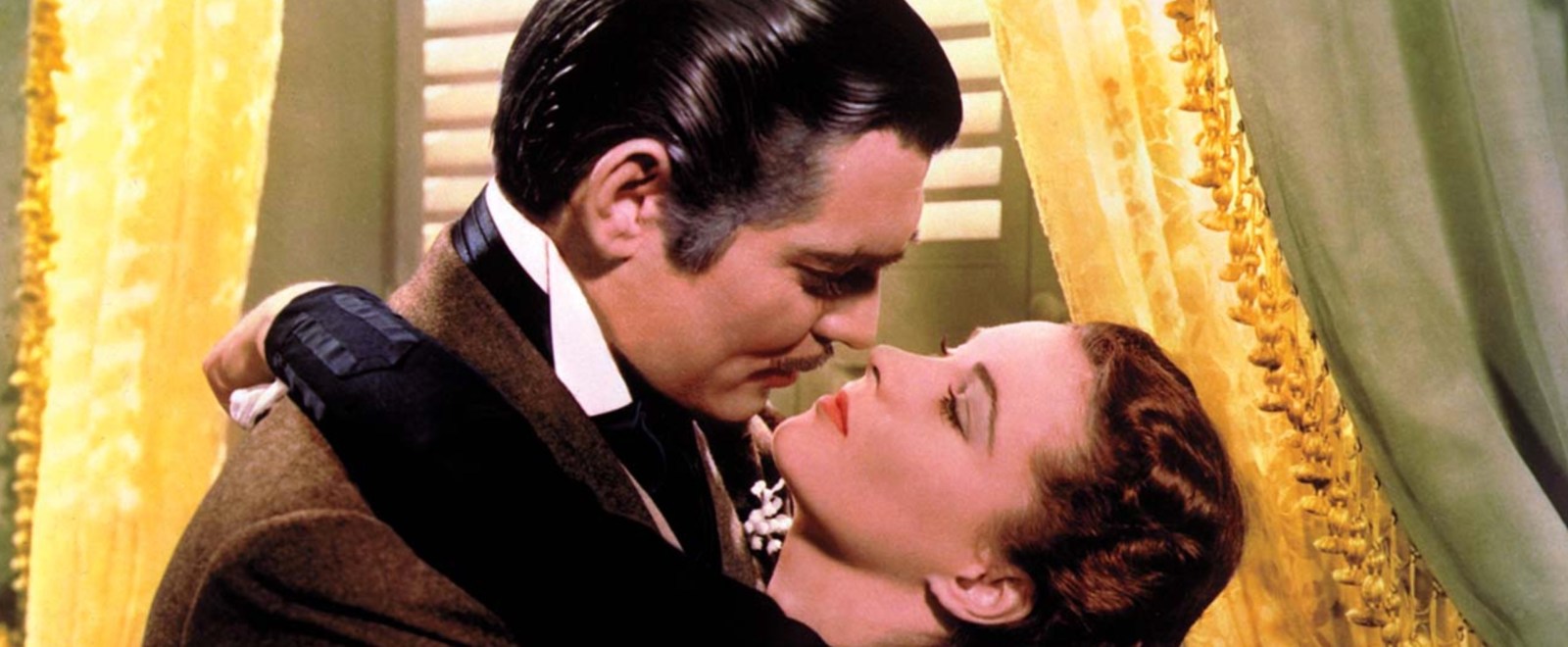
Last week, HBO Max announced they were temporarily removing one of their most famous titles, Gone with the Wind, from their new service in the wake of the ongoing Black Lives Matter protests. The removal was never supposed to be permanent, and now, less than a week later, we now have word that it will be returning at an as-yet-to-be-announced date and with a new introduction from black scholar and television host Jacqueline Stewart to provide some much needed context.
First released in 1939, Gone with the Wind has remained one of the most beloved films from Hollywood’s Golden Age, as well as one of its most contested. One reason? Its whitewashed, nostalgic portrayal of the Civil War-era American South, centered around the moneyed white owners of a plantation filled with happy slaves. (Hattie McDaniel became the first black performer to win an Oscar for her turn as house servant Mammy.)
In their statement, HBO Max called the film a “product of its time” that “depicts some of the ethnic and racial prejudices that have, unfortunately, been commonplace in American society.” At the same time, they did not wish to disappear the film, as to do so “would be the same as claiming these prejudices never existed.” Warner Bros., who owns the film and whose wares comprise a chunk of HBO Max’s content, has a history of presenting old, questionable fare, such as racist Looney Tunes cartoons, with a similar note. Meanwhile, Disney+ has no plans of releasing its own similarly racist title, 1946’s Song of the South.
(Via EW)

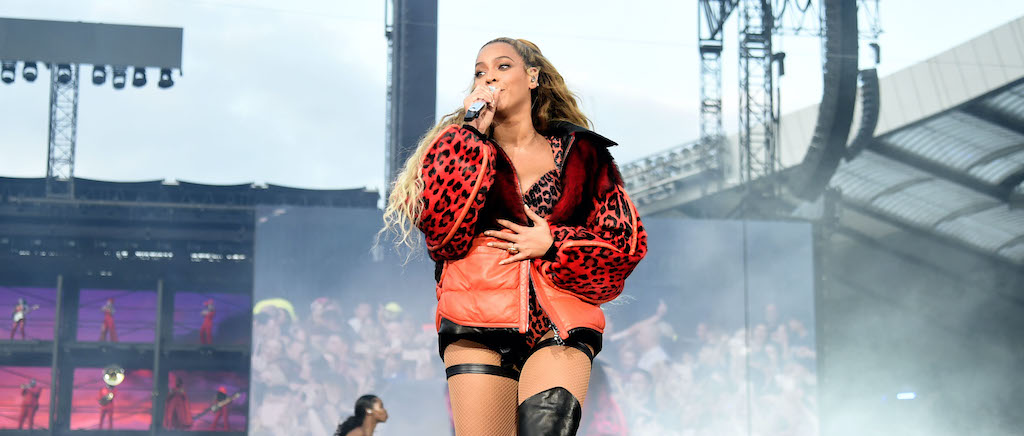
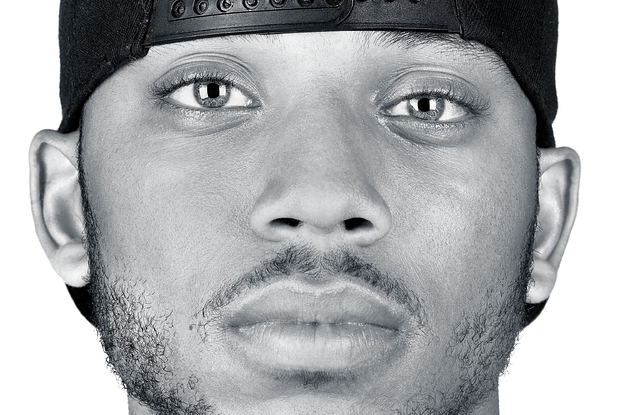
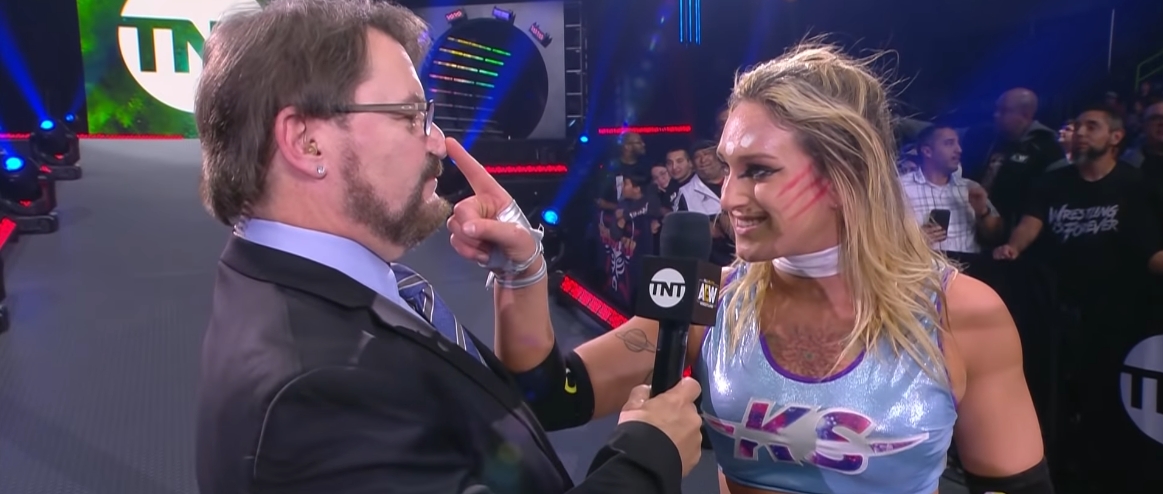



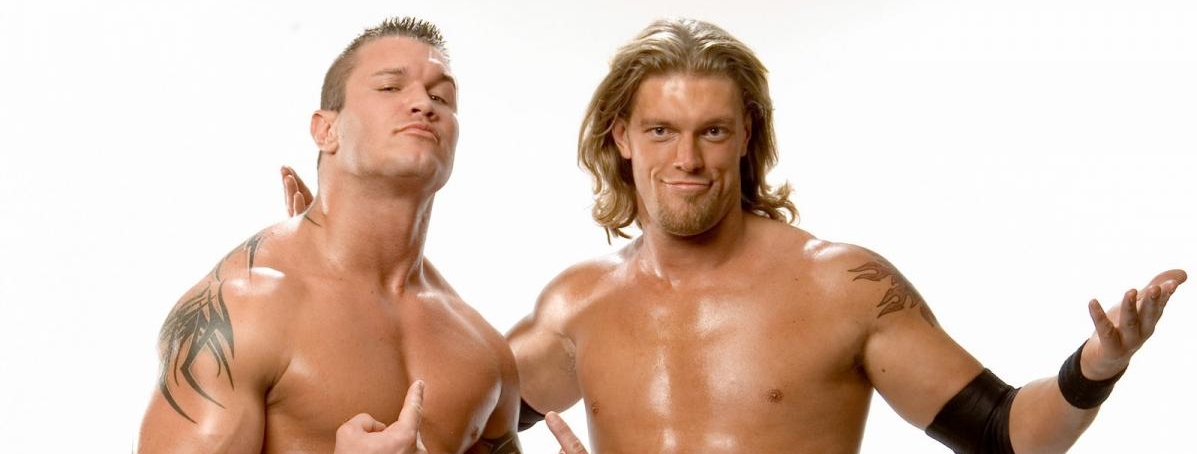
 between Edge and Randy Orton. Here’s the complete card as of publication:
between Edge and Randy Orton. Here’s the complete card as of publication: